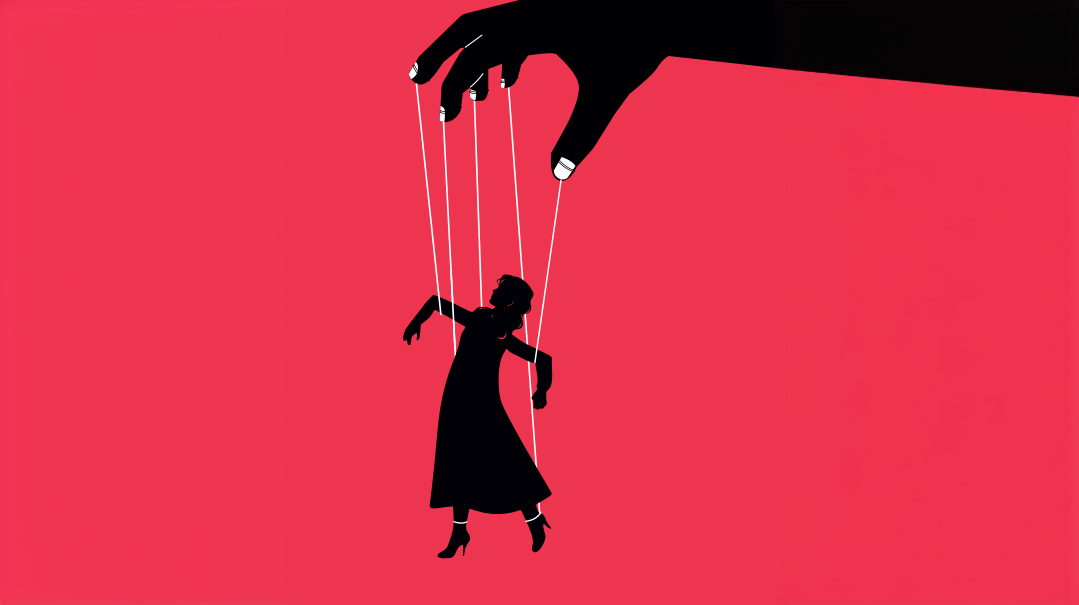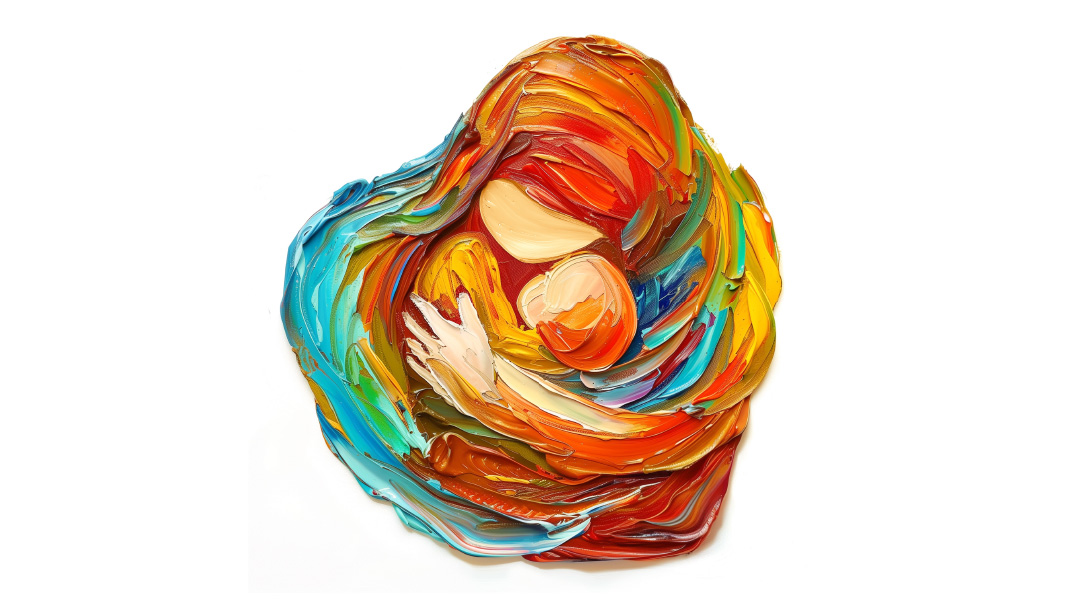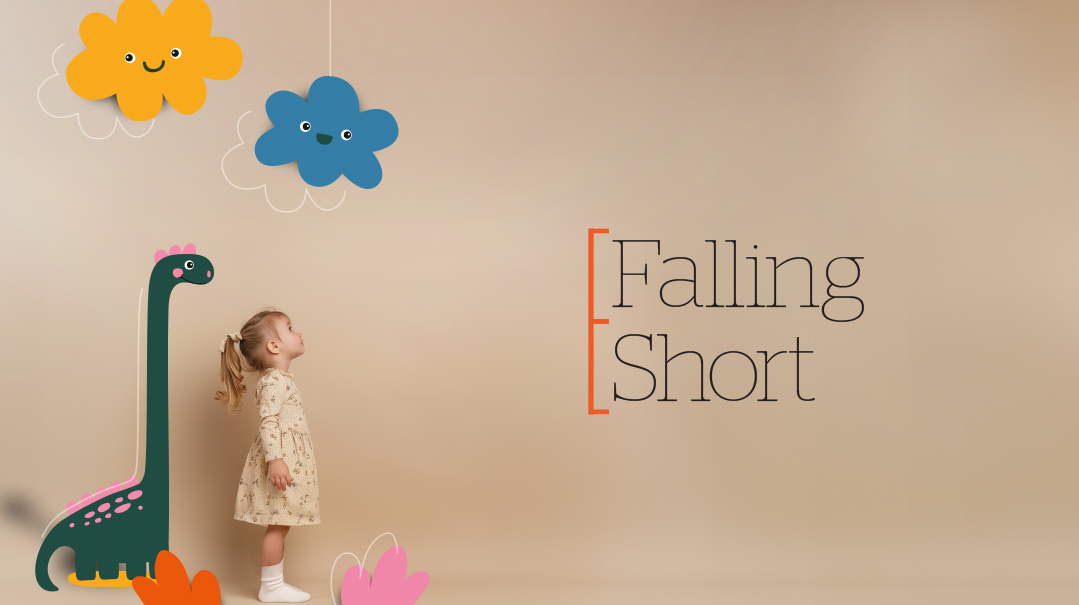By the Book

Zivia Reischer on why she tells kids’ stories — and what she learned

“Why don’t you write books for adults?” I sometimes get asked. The question makes it sound like it’s a choice I made, but it doesn’t really work like that. The creative process is part science and part art, and the decision regarding what to write about is the art part.
If that sounds flaky, then here’s the real answer: I love kids; I love the journey from childhood to adulthood.
This project — a collection of first-person accounts by kids — is different from the other books I’ve written, because my other books are novels. The stories here are kids’ stories — their lives and experiences through their own eyes. For some of the stories I interviewed kids, but most of my interviewees were adults who talked to me about things they experienced as kids. (A few of the stories aren’t based on interviews with the protagonist, but rather on my interpretation of things I saw or heard.)
It was a unique experience, to hear about both typical and unusual events through the eyes of children. I started working on My Story in January and completed it in July. After six months of looking at the world through kids’ eyes, this is what I learned.
Everyone needs a witness.
When I did these interviews, I knew what I was getting — great material for an amazing book. But I was dumbfounded by what the interviewees got out of the process. Several of them told me how therapeutic it was for them to simply tell someone the story. (“Better than ten therapy sessions,” said one person, who was in therapy to process the experience.)
I’m just a writer. All I did was write what they told me. I didn’t offer any insight or interpretation. I didn’t even really discuss the stories much; the subjects did all the talking. But that was what they needed — the chance to tell their story, to be seen and heard.
Pay attention to the words they use.
When I interviewed a boy whose bar mitzvah was the first Shabbos of the Covid lockdown, I asked him, “When did you first hear that your bar mitzvah might be cancelled?” That was the word I used — cancelled.
But he didn’t use that word. He said, “…and that was when I realized I really might lose my bar mitzvah.” Lose. It was a loss.
The way we say someone “lost” a loved one, he lost his bar mitzvah. That one word told me so much and captured so much of the experience.
Not all kids are created equal.
Some of the stories are composites — I interviewed several people who experienced similar situations, and I created a composite story. When I did that, I drew on the factors and feelings that were universal among the interviewees to create the final version.
But I found that even in similar situations, everyone is different. I gave one story to a friend’s son to read. The son had experienced something similar to the protagonist, so I was eager for his feedback (okay, fine, I was desperate and anxious for his approval).
The story was about a boy, but the reader said, “It sounds like you’re writing about a girl.” When I asked him why, he replied, “He’s crying so much.” Apparently, some boys cry, and some would never, ever cry. Not all kids are created equal.
The knee-forest effect
One of the first stories I wrote was about a kid switching schools. When I talked to a kid about his experience, I realized I’d need to include experiences from an adult as well (and I did). Kids don’t know yet what’s relevant to their story, and they don’t have the perspective to frame their experiences or to evaluate their experience.
It’s the knee-forest effect: When you’re five feet tall and you walk into a crowded pizza store, you see tables and chairs and food counters. When you’re three feet tall and you walk into a crowded pizza store, you see knees. The kids I interviewed were great at telling me what was right in front of them, but they often couldn’t see the bigger picture yet.
I think that’s what makes stories so valuable for kids. They give kids a voice, even when they can’t express themselves — yes, that’s how I felt! And they give kids insight — now I understand what’s happening to me. My greatest hope is that these stories empower kids to overcome and succeed.
Feelings last forever.
The #1 thing not to say to someone you’re interviewing is: “But it was so long ago!” Feelings last pretty much forever, apparently. I watched some of my interviewees reverse-metamorphose into little kids as they were talking to me. Even though as adults they were able to offer insight into others’ choices and understand why events played out as they did, that didn’t always change how they felt about it.
Here’s what the kids in the book taught me: Needs are like holes. If you fill a hole, it’s gone. But if you don’t fill it, it never goes away. You’ll keep falling into that hole. And when you fall into a hole, you scream. If your kid is falling and screaming a lot, or spending a lot of time in the hole, fill the hole. (Then call me, and I’ll write a story about it.)
Love is not obvious.
This fact is disappointing and frustrating, but it kept cropping up. Love is not obvious to our kids. We know we love them, so we think they know it, too. And maybe they do know… kind of. Sometimes. When you read about the kid who is the oldest in her family, the kid who has two homes, the kid who got the solo, the love is obvious… to you. But it wasn’t obvious to the kid at the time — or to kid readers — until the end of the story.
You never know what kids are going to remember.
At least three interviewees (the kid who was adopted, the kid who didn’t get into mesivta, and the kid who loved to read) told me the following words: “They don’t even remember what they said.” The words that were spoken to them remain among their strongest memories — but the bunkmate/rebbi/librarian doesn’t even remember the incident.
Not all such memories were bad, which I found very comforting. And for the ones that were, the takeaway I gained was not about trying to be perfect — I lost that race a long time ago — but that it’s never too late to apologize.
Kids are smarter than we think.
When I wrote the story What I Really Wanted, I wasn’t sure if kids would understand what the protagonist really wanted. I gave the story to a 10-year-old, 11-year-old, and 12-year-old, and asked each of them a few questions to see if they understood what the protagonist really wanted and whether or not she got it in the end. All three of them understood the story and were able to answer me.
Buuuut… every single adult who read it told me the same thing: “Too subtle for kids.”
This tells us a lot about kids. It also tells us a lot about adults.
Kids are stronger than we think.
I learned this from every single kid in the story — the kid who was afraid to fly and the kid who was dumped by her best friend and the kid who was stuck in the middle of a river and the kid in the wheelchair and the kid who was the only one in his class who didn’t have the new cool thing and the rest of the kids who were featured in the book and the ones who weren’t.
We don’t want our kids to struggle, but they will. The kids I interviewed taught me that kids are strong enough to face life.
If I could summarize what I learned from writing this book in one sentence, it would be: Kids need to belong, be loved, and be strong. You can create the space for them to belong and give them love. And every story showed me that whatever power and strength you need is already there inside you.
(Originally featured in Family First, Issue 808)
Oops! We could not locate your form.







